The F-35 Lightning II and the F-15EX Eagle II are in demand, but one much more so than the other: For the 2023 fiscal year, the U.S. Air Force is requesting 40 F-35s, while Congress will only buy 18 Eagles IIs. This is not a big order for the F-15EX, an aircraft that is meant to eventually replace F-15C/Ds. Let’s examine the differences between these two airplanes.
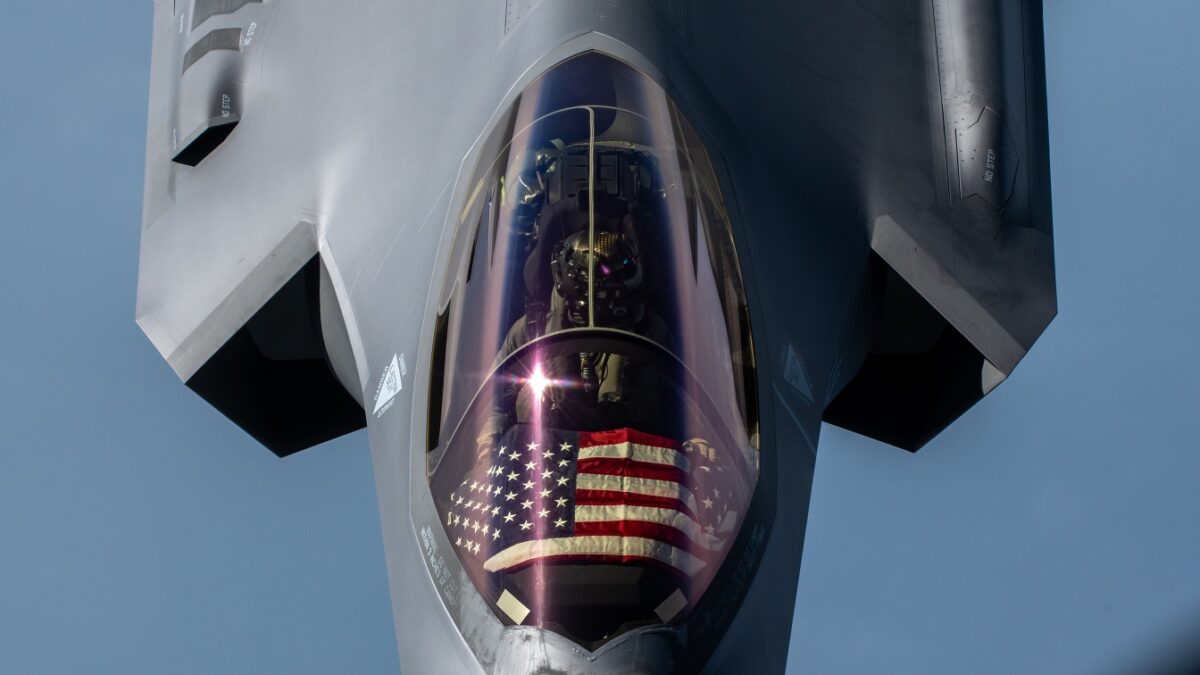
An F-35A Lightning II from the 354th Fighter Wing, Eielson Air Force Base, Alaska, flies behind a KC-135 Stratotanker assigned to the 117th Air Refueling Squadron, Forbes Field Air National Guard Base, Kansas, over the Indo-Pacific, March 10, 2022. Aircrews routinely fly missions aimed at sharpening the necessary skills needed to respond to emerging situations at a moment’s notice. (U.S. Air Force photo by Airman 1st Class Yosselin Perla)
Versatility
The Air Force does not think the F-35 and the F-15EX are rivals. The F-35 is stealthier and has better sensors, but the F-15EX can carry a greater weapons payload (unless the F-35 is flying in beast mode). Air Combat Command chief Gen. Mark D. Kelly said in 2020 that looking at the fighters in tandem is like comparing apples to oranges. Nor are the two aircraft competing directly for funding. There will be no trades for one or the other, according to former Air Force Chief of Staff Gen. David Goldfein.
Kelly believes the F-15EX is a “game changing” fighter. Its digital weapons and missions systems are easily upgradeable, Kelly said. He believes the F-15EX packs enough punch to take on near-peer adversaries, and its range allows for more coverage of air space. The F-15EX is a multi-role aircraft that can fight air-to-air and air-to-ground missions, which makes it more versatile than the F-15C/D it is meant to replace. The additional capabilities of the new F-15EXs create a better value while replacing the F-15C/Ds.
But the F-35 may be more versatile still. The F-35 can act as a quarterback of sorts, providing command and control for a flight of drones that are in “loyal wingman” mode. The stealth attributes allow it to fly deep into enemy air space to eliminate fighters and ground targets. Plus, with its sensor fusion, the F-35 can collect intelligence, surveillance, and reconnaissance data that will be integrated into other aircraft. The F-35 offers close air support as well, along with robust electronic warfare capabilities. The Navy and Marine Corps version can launch from aircraft carriers.
Weapons and Stealth
The F-15EX has two aviators on board instead of one. It costs less to keep it in the air – $27,000 per flight hour compared to $35,000. The F-15EX has a much greater radar cross-section, and its maximum takeoff weight is heftier than the F-35’s –- 81,000 pounds versus 70,000 pounds. However, the F-15EX has a larger combat radius than the F-35 – 1,100 miles versus 670 miles. The fighters have similar weapons capabilities, and the F-35 has a beast mode where it can affix additional munitions on external hard points.
The fourth-generation F-15EX is based on a 40-year-old airframe, and it is not stealthy. It is easier for enemy air defense systems to detect: The newer Russian long-range S-400 air defenders can sense an F-15EX out to 215 miles. This means that unlike the F-35, the F-15EX would not be a “Day One” warfare fighter. It would come in on “Day Three” after enemy air defenses are degraded.
F-35 and F-15EX: Can They Work In Tandem?
The above point might most closely describe the correct mission parameters for the F-15EX – to clean up air space and provide close air support for follow-on attacks after Day One combat. It is also a good fighter for Air National Guard pilots who are already trained to fly the F-15 airframe. The F-35 has a greater diversity of roles than the F-15EX, but it really is an apples-to-oranges comparison. If the money is there, it still makes sense to procure both airplanes, although the F-15EX will not be bought in substantial numbers compared to the F-35. The fighters can still complement each other, and that is what the Air Force wants. But it remains to be seen whether Congress will continue to support both airplanes at once if the House of Representatives switches over to Republican control.
Bonus: F-15EX Photo Showcase
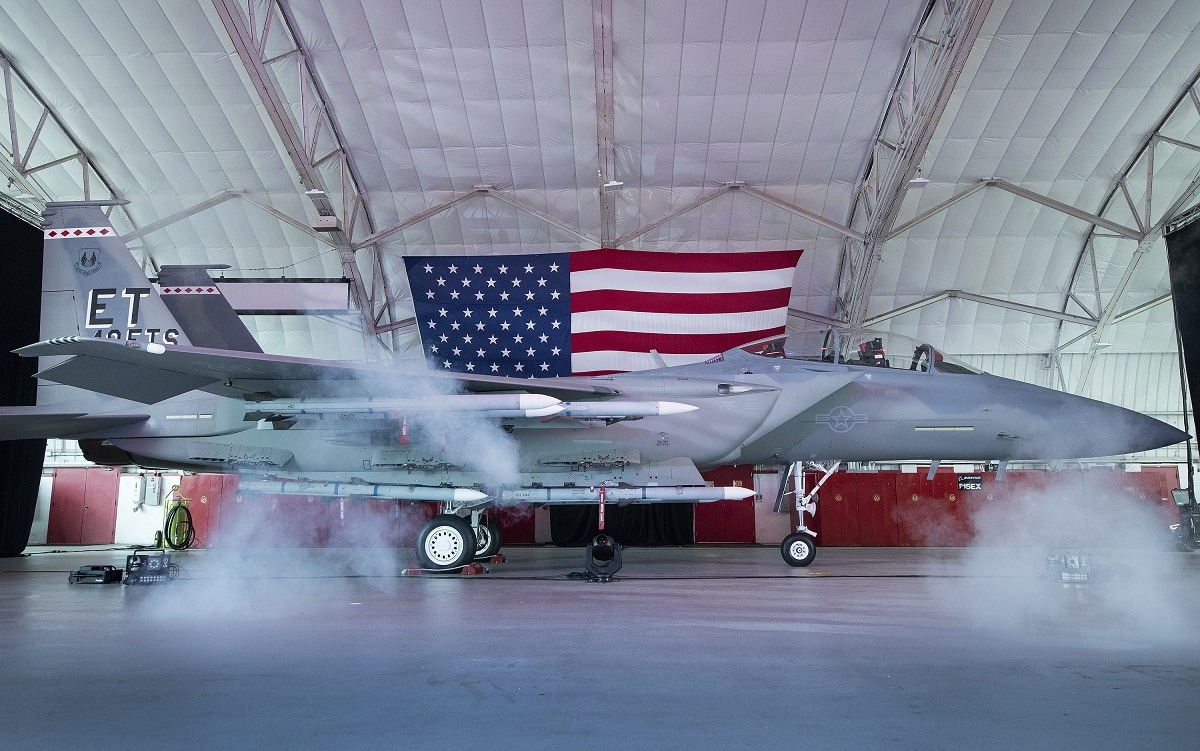
The Air Force’s newest fighter, the F-15EX Eagle II, was revealed and named during a ceremony, April 7, 2021, at Eglin Air Force Base, Fla. The aircraft will be the first Air Force aircraft to be tested and fielded from beginning to end, through combined developmental and operational tests. (U.S. Air Force photo by Samuel King Jr.)
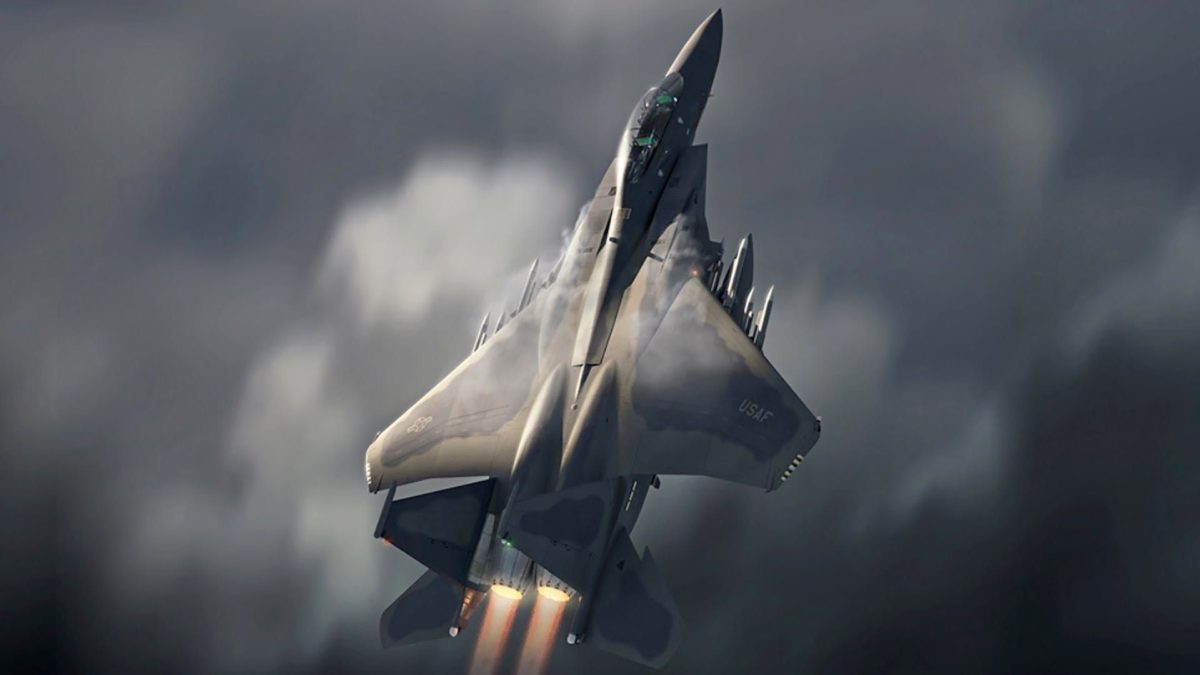
Boeing F-15EX. Image: Boeing artist rendition.
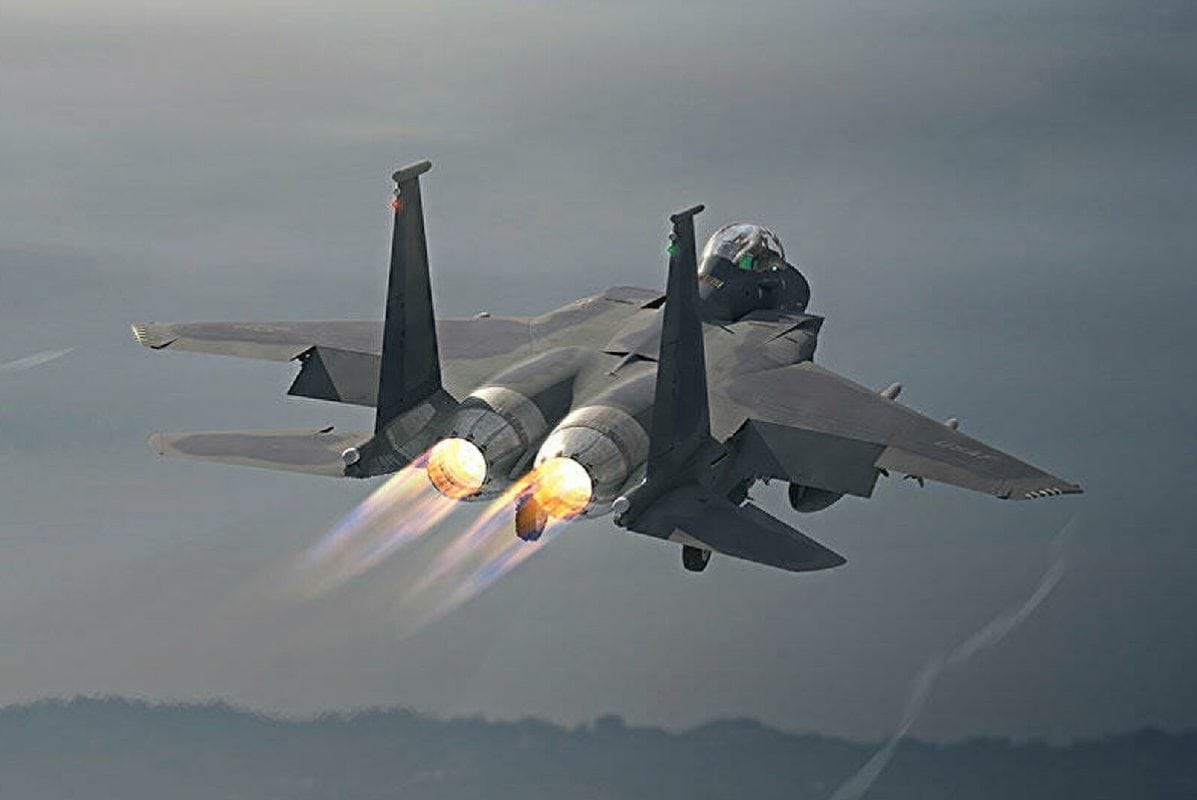
Boeing F-15EX. Artist Image from Boeing.
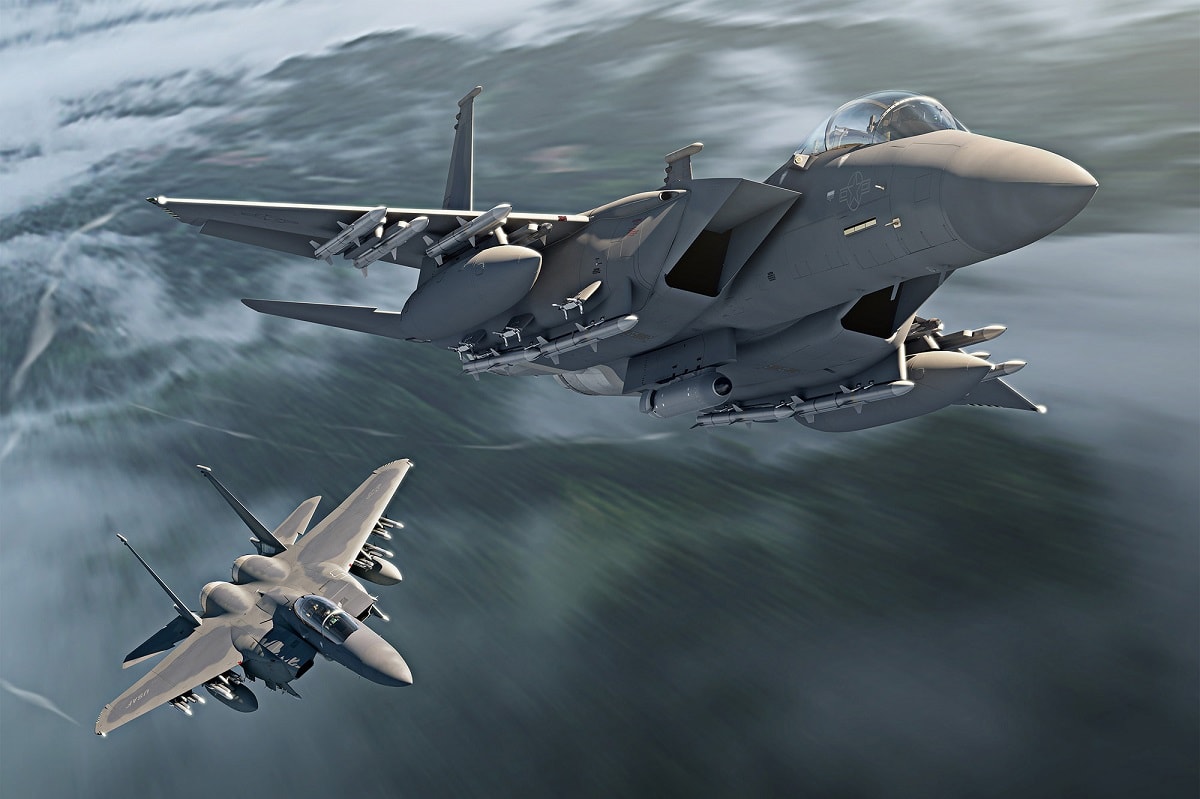
Two Boeing F-15EX fighters armed with air-to-air missiles. Image Credit: Boeing.
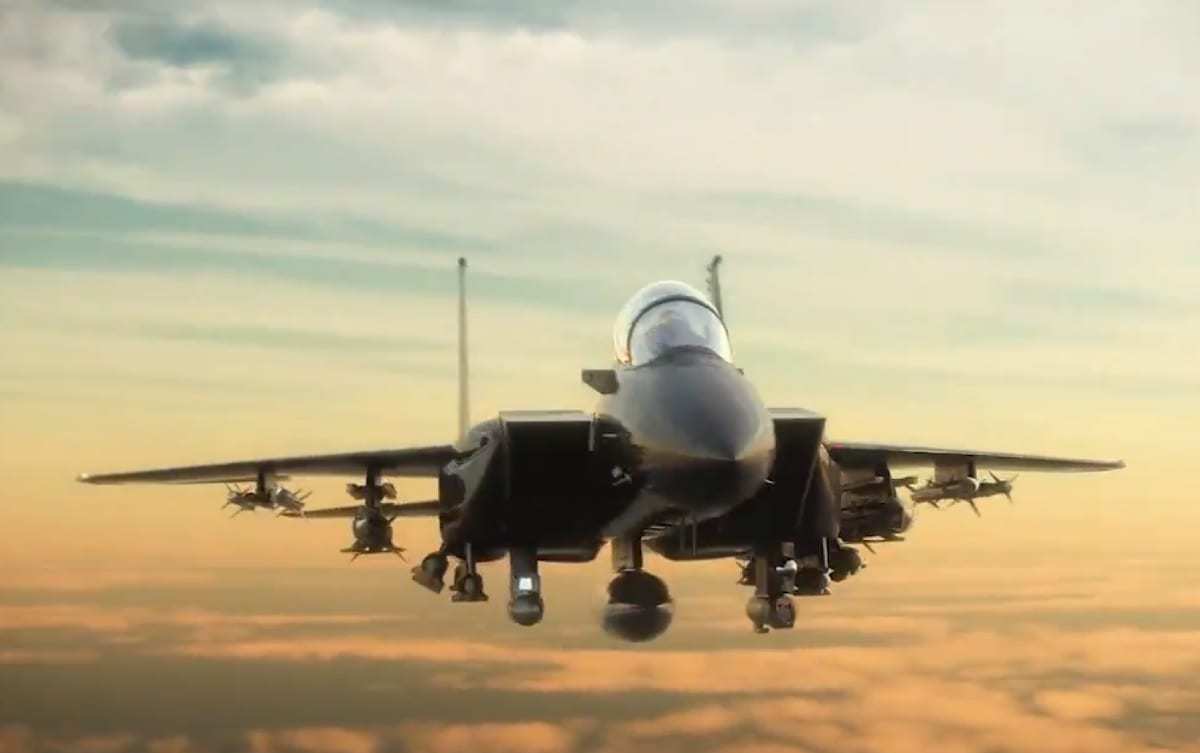
F-15EX Screenshot from Boeing Video
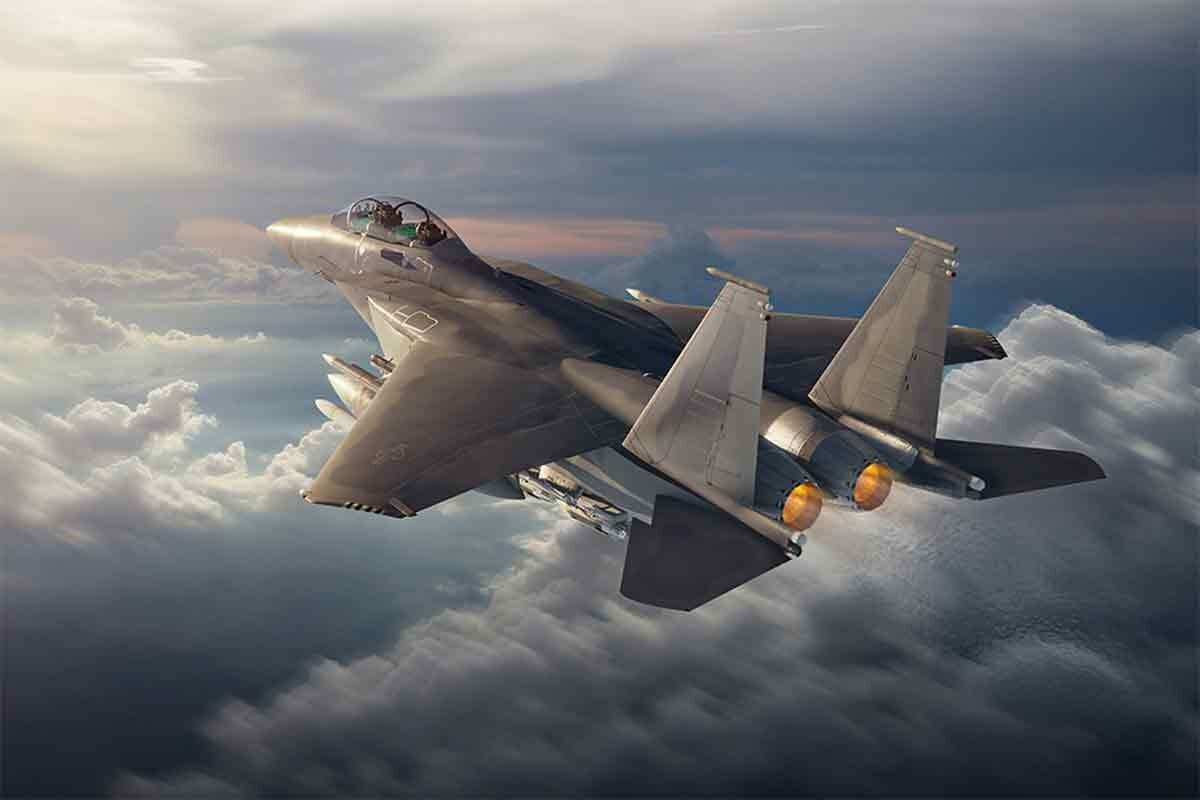
F-15 X (Image: Boeing)
Expert Biography: Serving as 1945’s Defense and National Security Editor, Dr. Brent M. Eastwood is the author of Humans, Machines, and Data: Future Trends in Warfare. He is an Emerging Threats expert and former U.S. Army Infantry officer. You can follow him on Twitter @BMEastwood. He holds a Ph.D. in Political Science and Foreign Policy/ International Relations.

